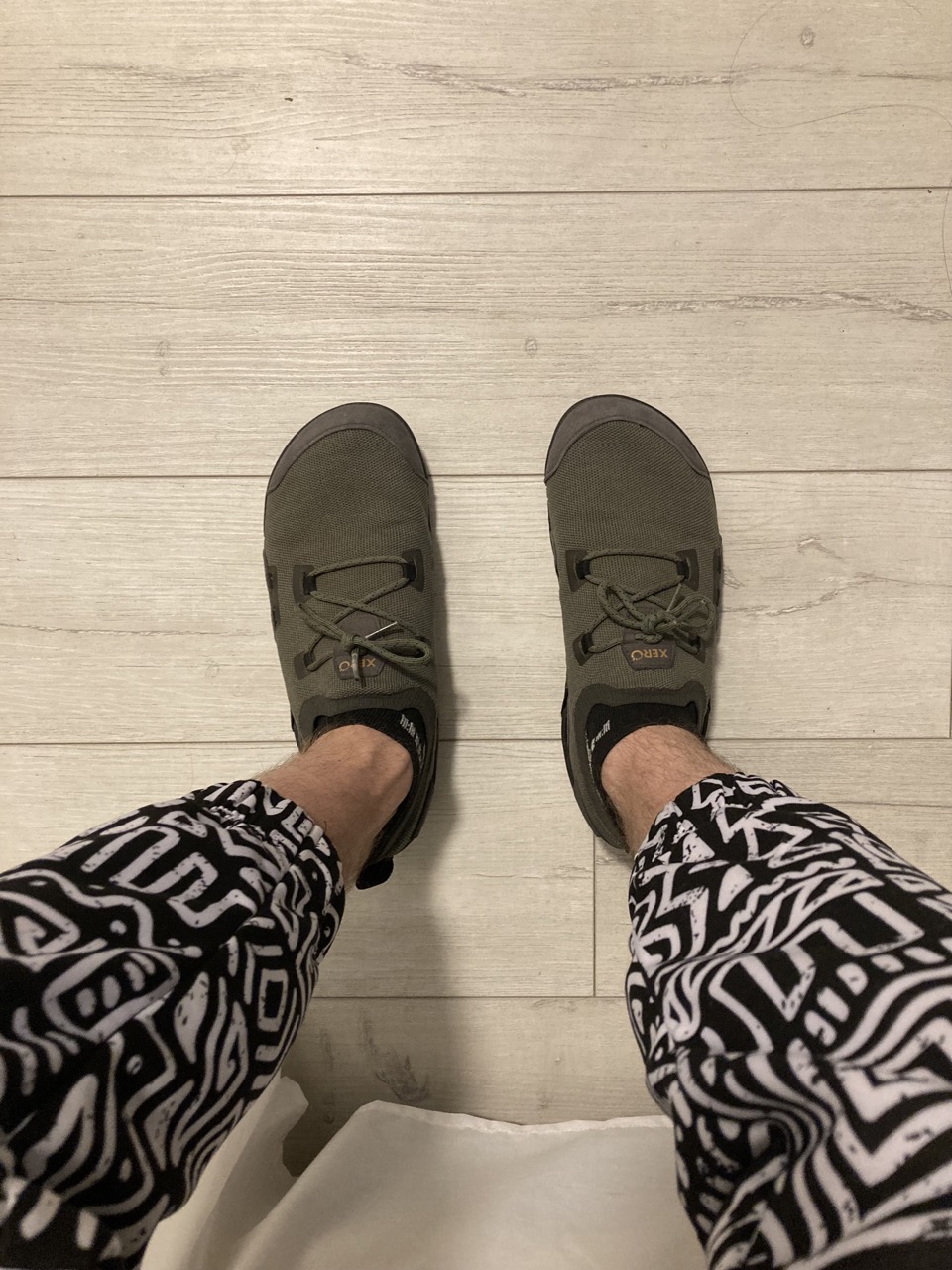When it comes to foot pain, you will always hear people refer to it as plantar fasciitis but never as plantar fasciosis.
The origin of the term plantar fasciitis comes from the old idea that there was a bone spur, or inflammation, causing the pain by the heel. This idea, however, has been disproven by Dr Harvey Lemont after he did a study examining 50 of his patients’ plantar fascia tissue under the microscope.
He discovered that there was no inflammation in any of the 50 samples of tissue, but what there was in every single one was dead tissue. Thus, the term plantar fasciosis was born to clarify that the ligament was not inflamed, but the tissue was dying.
Plantar fasciitis is, and has always been, an incorrect diagnosis of the real problem.
“Fasciitis” refers to inflammation of the foot, while “fasciosis” refers to tissue death.
What Causes Plantar Fasciosis?
If the entire premise of the condition was wrong, that means the treatment is also going to be wrong. The old way to treat plantar fasciitis was to lift the foot arch up with orthotics, take anti-inflammatories, and even to get a procedure done where a surgeon would cut the plantar fascial ligament.
But if inflammation wasn’t the real problem, why was the tissue of the plantar fascia dying?
That brings us back to Dr Lemont’s discovery. He noticed there was no blood getting in or out of this region of the foot. This lead to the questioning of why that is, because all tissue in the body needs nourishment in the form of blood delivering nutrients to it while also washing the waste away.
It was later discovered that the shoes people were wearing were causing certain muscles of the foot to function abnormally. Namely, the main artery that delivers blood into the bottom of the foot, the tibialis posterior, has to go under a muscle called the abductor hallucis.
Because of the shoes’ tapering toe boxes and toe spring, the big toe was getting pinched in and pulled upward. When that happens, it pulls the abductor hallucis tighter.
Now that this crucial muscle is tighter, it is heavily restricting the highway for bloodflow delivery to the plantar fascia. It’s not completely cutting off blood supply, but just enough so that it’s not nourishing that area of the foot and causing tissue death, aka fasciosis.
Plantar Fasciitis is an Incorrect Diagnosis
The other muscle that is getting affected is called the adductor hallucis, which is on the top of the foot and runs between the first and second toe joints.
Key:
Abductor hallucis – bottom of the foot (along the inside)
Adductor hallucis – top of the foot (between 1st and 2nd toe joint)
Tibialis posterior – inside of the foot (runs around and under the ankle bone)
The adductor hallucis has the opposite job as the abductor hallucis and they are meant to work in a delicate balance with each other. As I said before though, poorly-shaped footwear jeopardizes this balance.
It is the toe spring specifically that hurts the adductor hallucis. The tapering toe box and toe spring built into the shoe cause the abductor hallucis (bottom of the foot) to get long and weak and the adductor hallucis (top of foot) to get short and tight.
Refer to this video by Dr Ray McClanahan for a visual demonstration:
It is not uncommon to get some foot cramps as you start fixing this imbalance, but worry not because it’s perfectly natural as the muscles reconfigure themselves.
The reason that all of this is taking place is because of a circulatory issue. At some point in the natural flow of blood, it’s getting cut off or obstructed before it can reach the plantar fascia (bottom of the foot).
What you need to work on is identifying why blood is not getting to the bottom of your foot and what you can do to fix it.
My plantar fasciitis program, The End of Plantar Fasciitis, covers all this and more to ensure that you never deal with this pain again and get back to doing what you love.


Leave a Reply